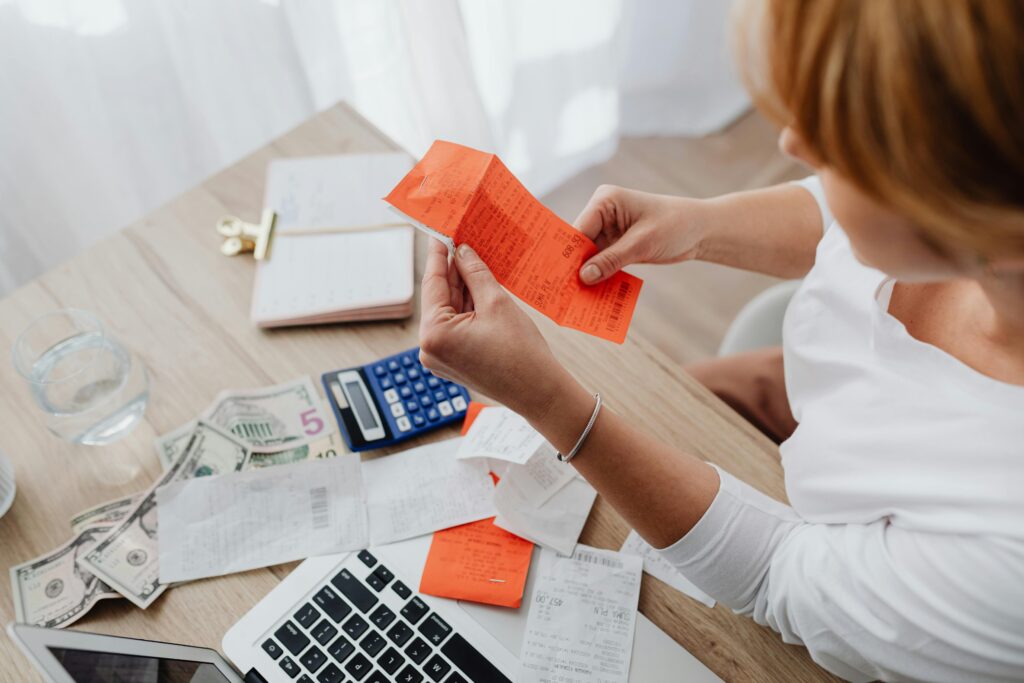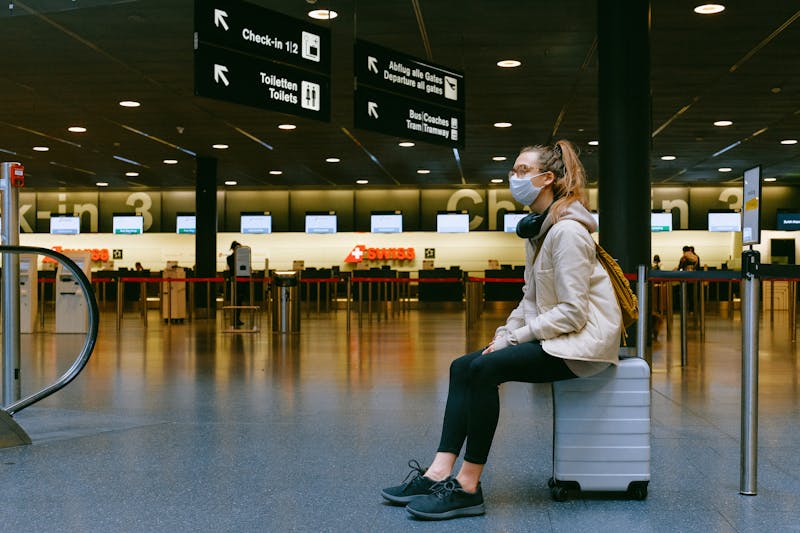Airport SIMs charge 300% more than local rates—and that’s not even their worst trick. Discover why eSIMs like Tripcel are the modern traveler’s secret weapon, with instant activation, no markup, and global coverage. Never overpay for data again.
I’ll Never Forget My $40 Mistake
Last year, I landed in Dubai after a 14-hour flight, desperate to text my family. I rushed to the first kiosk I saw, slapped down $40 for a “tourist SIM,” and got… 2GB of data. *Two gigabytes.* By day three, I was rationing Google Maps like it was water in the desert. Turns out, I’d fallen for one of travel’s oldest scams: the airport SIM markup. Here’s what I wish I’d known—and how you can avoid it:
1. The 300% Markup They’re Banking On
Airport SIM sellers prey on two things: your jetlag and your fear of being offline. But that “convenient” kiosk often charges 3x the local rate.
Real example: In Thailand, a DTBOoth at BKK Airport sells 8GB for ฿699 (~$20). A 7-Eleven in the same airport sells the same plan for ฿299 (~$8)
Why?Tourists don’t know where to look—and panic-buy.
Fix: Research local SIM prices before you fly (or skip physical SIMs altogether—more on that later).
2. The Unlimited Data Lie:
Those “UNLIMITED INTERNET!” signs? Usually mean:
- Throttled speeds after 2GB (Netflix becomes a pixelated slideshow)
- Hidden fees for calls/texts
- Expiration in 3-7 days
Pro tip:Read the microscopic terms on the packaging. If it says “fair usage policy,” prepare for slowdowns.
3. The Smarter Alternative: eSIMs
After my Dubai disaster, I switched to Tripcel eSIMs. Here’s why:
✅ Price Transparency
✅Instant Activation
✅ No Plastic Waste
Try this: On your next trip, compare airport SIM prices to Tripcel’s plans. The difference will shock you.
But What If I Run Out of Data?
A fair question. Here’s my strategy:
1. Buy a regional eSIM(covers multiple countries)
2. Top up in-dashboard if needed (takes 20 seconds)
3. Use offline maps (Google Maps lets you download areas in advance)

Bottom Line
Do this now:
1. Bookmark this page for your next trip
2. Grab a Tripcel eSIM before you fly
3. Tag that friend who still buys airport SIMs
What is your summer 2025? Share it below on the conment section….








Leave a reply